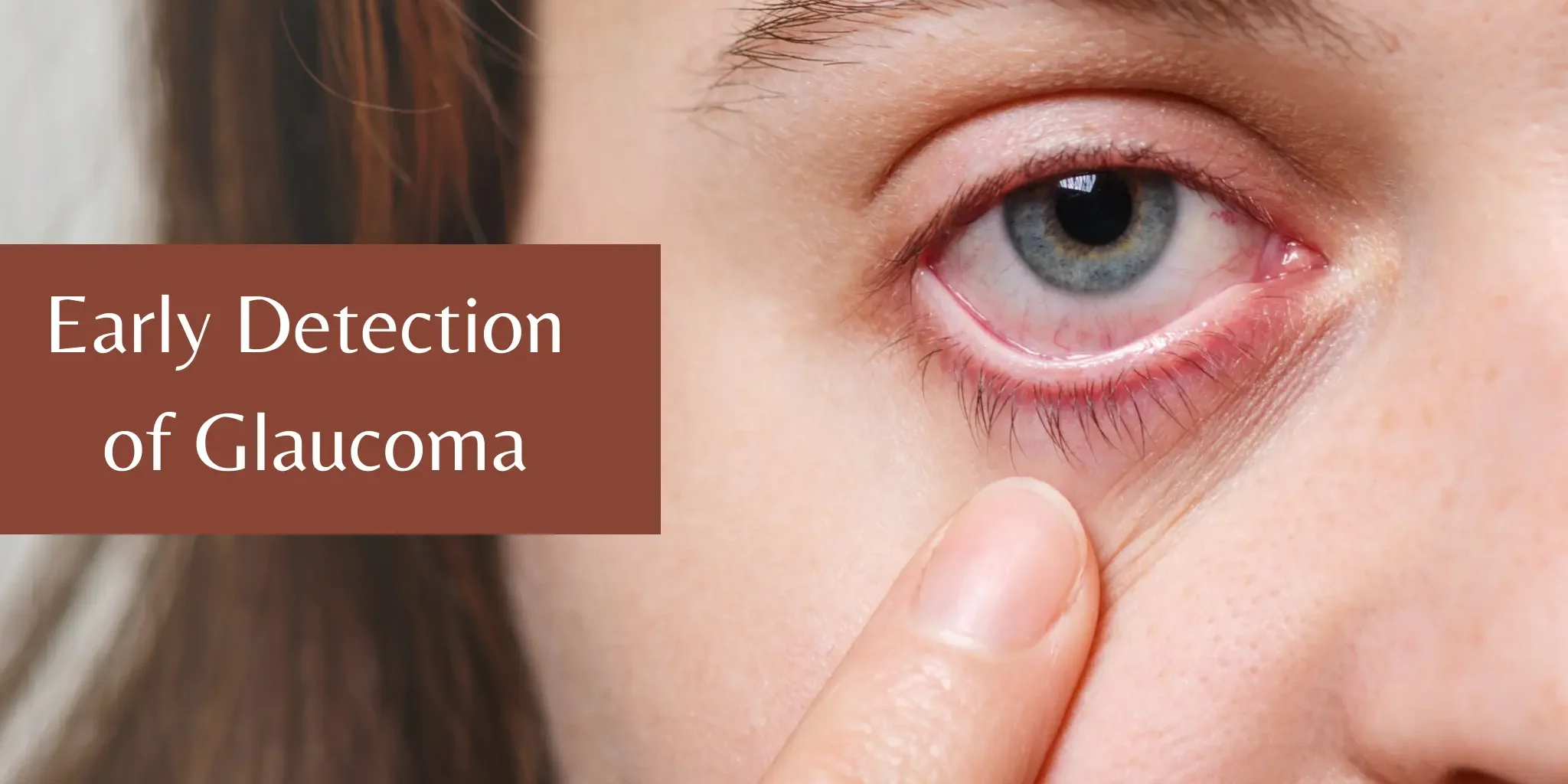Your vision is one of your most precious senses, allowing you to navigate the world around you. However, there is a silent thief of sight that often creeps in without warning, gradually robbing you of your visual acuity. This insidious condition is known as glaucoma.
In this blog post, we’ll explore what glaucoma is, why it’s called the silent thief of sight, and most importantly, the importance of early detection and how it can save your vision.
Understanding Glaucoma
Glaucoma is a group of eye conditions that damage the optic nerve, which connects the eye to the brain. The optic nerve is essential for transmitting visual information, and when it’s damaged, it can lead to vision loss. Glaucoma often progresses slowly, and its initial stages may not manifest noticeable symptoms.
This makes it particularly dangerous because by the time you do notice changes in your vision, irreversible damage may have already occurred.
The Silent Thief of Sight
Glaucoma earned the nickname “the silent thief of sight” for several reasons. Firstly, it often develops without any noticeable symptoms in its early stages. You can have glaucoma and not even be aware of it until your vision is significantly impaired. Secondly, the vision loss it causes is irreversible.
Once the optic nerve is damaged, the effects are permanent. It’s like losing pieces of a puzzle; you can never put them back together.
The Importance of Early Detection
Early detection is the key to preventing vision loss due to glaucoma. Regular eye exams with an optometrist or ophthalmologist are essential. During these exams, your eye care professional will measure the intraocular pressure (IOP) in your eyes, examine the optic nerve, and assess your visual field.
High IOP is a risk factor for glaucoma, and your eye doctor will monitor it closely. Additionally, dilating your eyes to get a better view of the optic nerve is crucial.
Types of Glaucoma
There are several types of glaucoma, with the two most common being open-angle and angle-closure glaucoma. Open-angle glaucoma is the most prevalent and typically progresses slowly. Angle-closure glaucoma is a more acute condition, often causing sudden and severe symptoms.
Risk Factors for Glaucoma
Certain factors can increase your risk of developing glaucoma. These include:
- Age: Glaucoma is more common in older adults, with a higher risk as you get older.
- Family History: If you have a family history of glaucoma, you are at a higher risk.
- Elevated Intraocular Pressure: High IOP is a significant risk factor for glaucoma.
- Thin Corneas: Thinner corneas are associated with an increased risk of glaucoma.
- African or Hispanic Ancestry: These populations are at a higher risk.
Treatment and Management
While there is no cure for glaucoma, early detection can help manage the condition effectively. Treatment options include eye drops, oral medications, laser therapy, and surgical procedures. The goal of treatment is to lower IOP and slow down or stop the progression of the disease. With proper management, many people with glaucoma can preserve their vision and continue to live fulfilling lives.
Conclusion
Glaucoma, often called the silent thief of sight, poses a serious threat. It can silently advance, causing no initial symptoms and potentially resulting in permanent vision loss. To safeguard your vision, it’s crucial to prioritize regular eye exams with an experienced Iris Eye Care, Dr. Vasundhara Kulkarni at Iris Eye Care.
Early detection is the cornerstone of effective glaucoma management. Don’t delay until you experience noticeable vision changes. Take a proactive approach by scheduling routine check-ups with Dr. Kulkarni. Your eyes are your windows to the world, and caring for them is a lifelong commitment to maintaining your quality of life.







